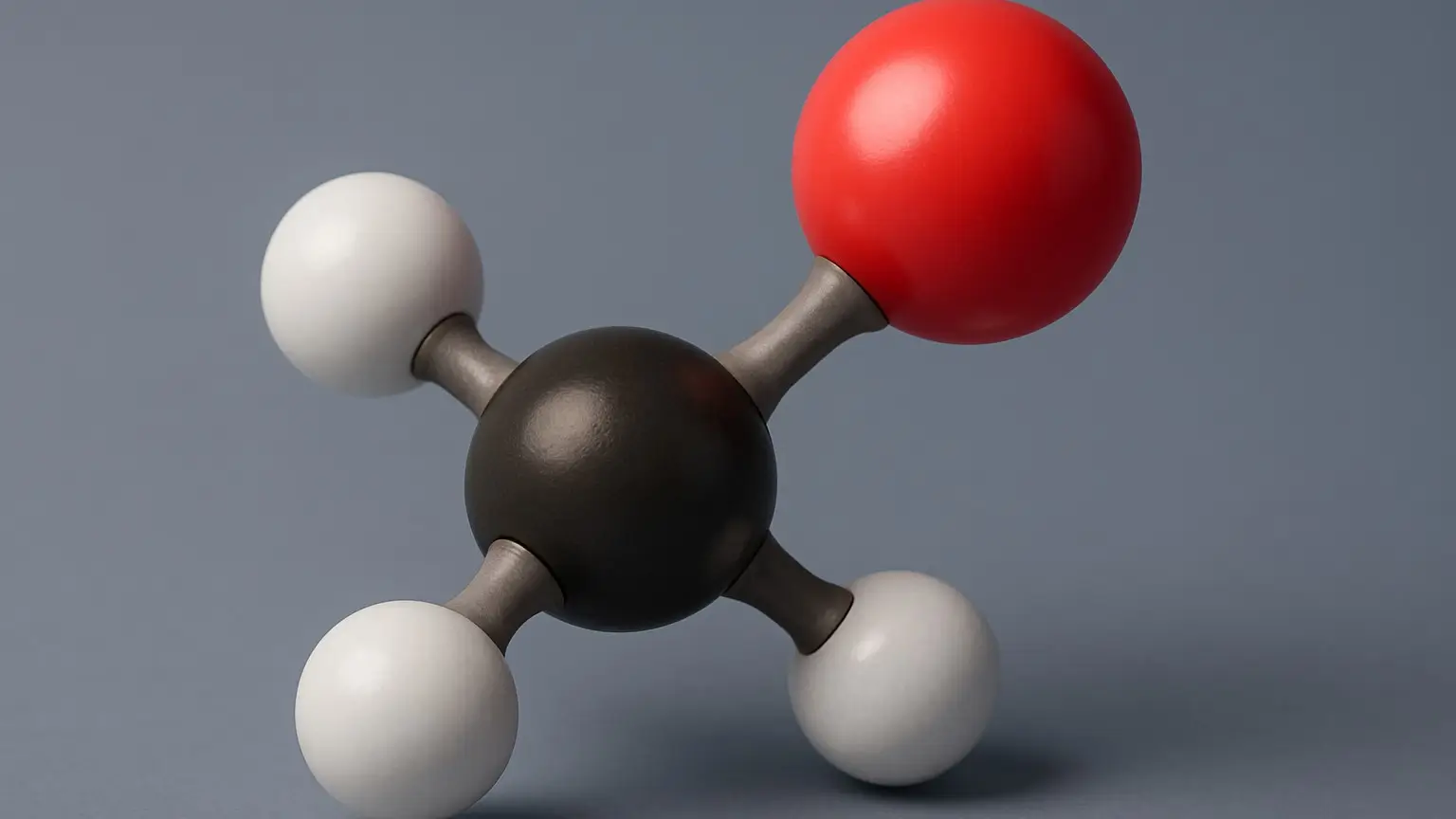- Alcohols are a class of organic compounds characterized by one or more hydroxyl (-OH) groups attached to a carbon atom.
- They play a crucial role in various industrial, medical, and scientific fields due to their versatile chemical properties.
- Below is a detailed explanation of alcohols, covering their types, nomenclature, physical and chemical properties, classification, and applications.
Types of Alcohols
- It can be classified based on the number of hydroxyl groups they contain:
Nomenclature
- The IUPAC naming system for the uses of suffix “-ol” added to the hydrocarbon name from which the alcohol is derived.
- The position of the hydroxyl group is indicated by a number. For example, ethanol (common name) is named ethan-1-ol in IUPAC nomenclature.
Physical Properties
- Boiling and Melting Points: It generally have higher boiling and melting points than hydrocarbons of similar molecular weight, due to hydrogen bonding among the hydroxyl groups.
- Solubility: Lower (with short carbon chains) are soluble in water as the hydroxyl group can form hydrogen bonds with water. Solubility decreases with increasing carbon chain length.
- Volatility: Lower are more volatile than their corresponding alkanes because of their lower molecular weight and the presence of the hydroxyl group.
Chemical Properties
- Acidity: It exhibits weak acidity due to the presence of the hydroxyl group. They can donate a proton (H⁺) to form alkoxide ions in the presence of strong bases.
- Reactivity towards Sodium: Alcohols react with sodium metal to produce hydrogen gas and sodium alkoxide.
- Esterification: It reacts with carboxylic acids in the presence of acid catalysts to form esters.
- Oxidation: Primary alcohols can be oxidized to aldehydes and further to carboxylic acids. Secondary alcohols can be oxidized to ketones. Tertiary alcohols are resistant to oxidation.
Classification
- Alcohols are classified based on the carbon atom to which the hydroxyl group is attached:
- Primary (1°): The carbon with the -OH group is attached to one other carbon.
- Secondary (2°): The carbon with the -OH group is attached to two other carbons.
- Tertiary (3°): The carbon with the -OH group is attached to three other carbons.
Applications
- Solvents: Due to their ability to dissolve both polar and non-polar substances, alcohols are widely used as solvents in the pharmaceutical, paint, and cosmetics industries.
- Fuel: Ethanol, a type of alcoholic, is used as a biofuel either on its own or blended with gasoline.
- Disinfectants: Alcohols, especially ethanol and isopropanol, are used in hand sanitizers and disinfectants due to their effectiveness in killing bacteria and viruses.
- Food Industry: Ethanol is used in the production of alcoholic beverages. It is also used as a preservative and flavoring agent.
- Chemical Synthesis: It serves as reactants in the synthesis of esters, ethers, and other compounds in the chemical industry.

